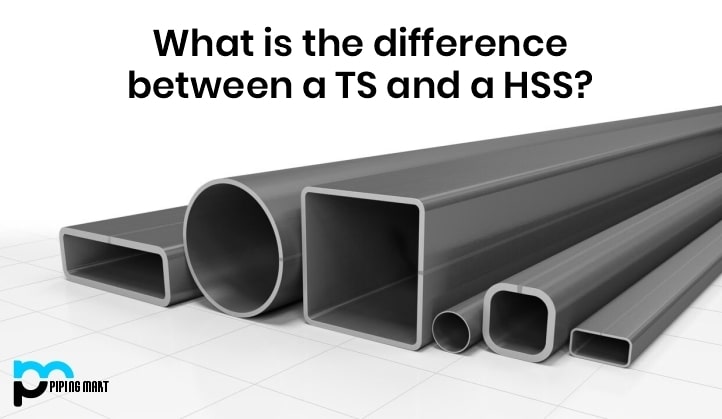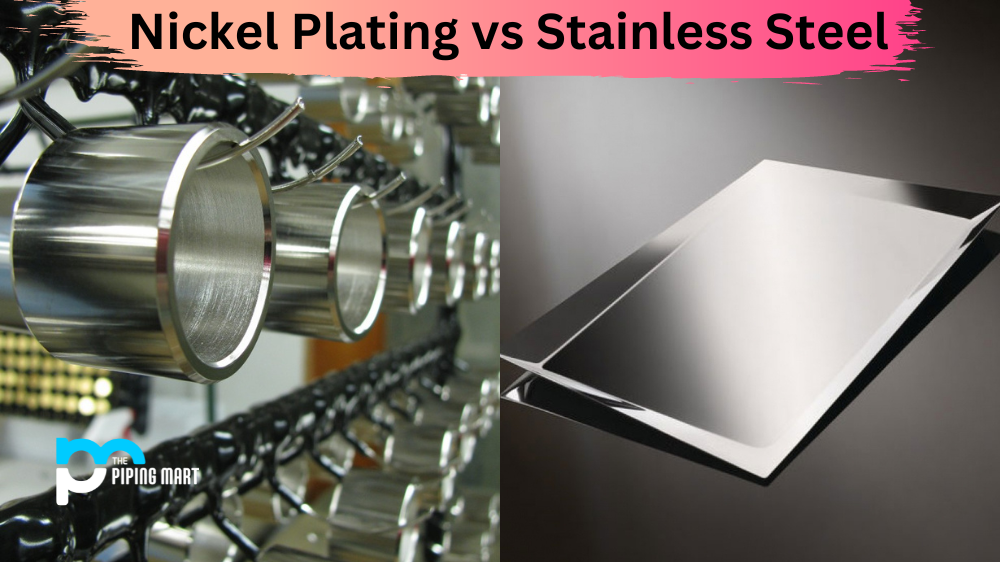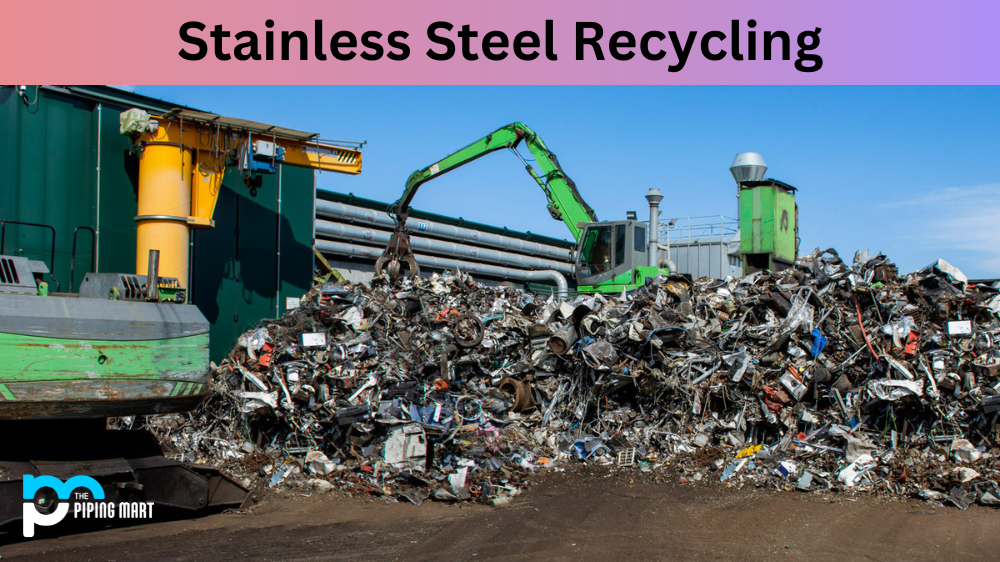Which might sound like a stupid query to most of us. A hollow portion of the frame, or HSS, is the same as a tube pipe or TS, isn’t it? Metal tubing, or tube wire, is what we use in the United States to define a segment of closed metal. Rectangular, square or round. Such parts are generally manufactured in the US as per ASTM A500 standards. The standard definition in Canada is that of CSA G40. Through the name of the company founded to support steel tubing, you can also see the origin of the term: The Steel Tube Institute.
Tube Steel (TS)
A tube or a tube section is a long hollow cylinder for the movement of fluids (liquids or gases) or for the protection of electrical or optical wires.
While there are slight differences, a tube has stricter technical specifications than a pipe, and the words “pipe” and “tube” are almost interchangeable; All pipe and tube suggest a degree of hardness and toughness, while a tube usually is compact and versatile. Standard designations of the pipe size, e.g. nominal pipe size or little outside or inside diameter and/or wall thickness, may specify a tube and pipe. The actual pipe dimensions are not usually nominal: A 1-inch pipe does not necessarily weigh 1 inch in either external or internal diameter. However, other tubing forms are defined by accurate inner diameter, outer diameter or wall thickness.
Hollow Structural Steel (HSS)
A hollow structural section (HSS) is a metal profile form with a hollow cross-section. The word is commonly used in the United States or other nations that adopt the language of US building or engineering.
HSS participants may be oval, square or rectangular sections, but other forms are usable, such as elliptical ones. HSS is made from structural steel by coding only.
HSS is often defined erroneously as hollow structural steel. Often generally called rectangular and square HSS tube steel or box section. Circular HSS is often incorrectly referred to as steel pipe, whereas actual steel pipe is usually shaped and graded differently than HSS. The HSS estimations are focused on the profile’s outside; pipes are regularly fabricated to an outer resilience, however, to an alternate level. The HSS corners are unequivocally squared and have a width roughly double the divider’s length. Divider thickness across portions is normalized.
HSS is not used in the UK or other countries that adopt British building or engineering jargon. Instead, the three simple forms are CHS, SHS, and RHS, the hollow parts being round, triangular, and rectangular. These designations would often refer to metric units. Thus the proportions and tolerances vary significantly from HSS.
HSS, specifically rectangular sections, are widely used in welded steel frames where members undergo multi-directional loading. With this multi-pivot handling, square and roundabout HSS have rather compelling structures since they have predictable structures around a few cross-sectional tomahawks and, along these lines, normalized force attributes. It encourages them to pick sound segment choices.

Pipingmart is B2B portal specializes in industrial, metal and piping products. Also, share latest information and news related to products, materials and different types grades to help business dealing in this industry.




